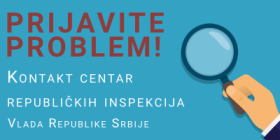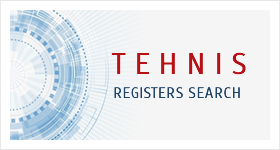CHILDREN'S PLAYGROUNDS
The Rulebook on the safety of children's playgrounds came into force on August 25th, and it "introduces" European standards for equipment that are placed on playgrounds and which contain safety requirements for materials, design and construction, bringing directly the safety of children to a higher - acceptable level.
After the entry into force on August 25th, the Rulebook have a posponed implementation of three months, and its implementation will be mandatory from November 23rd. The period of three months is the period of harmonization, which primarily serves to designate bodies that will control the playgrounds and for all the other subjects to which the Rulebook applies to be familiar with.
All playgrounds will be made according to European standards, and in the interim period works on existing playgrounds will be carried out in order to comply with the requirements of the new Rulebook.
According to the new Rulebook,playing surface will have to be such that they have a impact attenuation of playgraund surfacing.,must be made from natural materials such as sand, grass, gravel, pebbles or rubber, while the devices can be more "creative" in order to develop motoring for children. The playing surface must be such that the child does not suffer serious injury at the time of fall, that in fact the possibility of injury is reduced to a minimum, because it is impossible to completely eliminate them.
The Rulebook defined a three-year deadline to bring all playgrounds into a safe state, which means that the new ones will be made in accordance with the standards and other requirements of the Rulebook, and the existing ones will have to be adapted in those three years. Equipment that is not correct will have to be removed or repaired, and penalties for violating the requirements of the Regulations are prescribed by Law.
For the first time, the Rulebook defines the responsibility for all actors in relation to children's playgrounds. The responsibility for putting into use of safe playgrounds is on the owner, which in most cases is a local self-government that will also finance the "adaptation" of existing playgrounds to European standards. When there is damage to the device and other elements within the playground, the repair costs will be borne by the owner, that is, the insurance company, if the owners insure the playgrounds.
After the expiration of the prescribed three-year deadline, playgrounds that are not safe will be forbidden. Local governments and other owners of children's playgrounds will be obliged to keep records and, upon request, inform the Ministry about, for example, how and when reconstruction of existing playgrounds will be done so that the smaller number of playgrounds will be closed after the expiration of the deadline.
When it comes to the competence for monitoring the situation on the playgrounds, the market surveilance authoritiy is mostly responsible for it, but also the communal inspectorate that will work in cooperation with local self-governments.
In the Rulebook, the Republic of Serbia implements the latest European trends in this area, the experiences of neighboring countries, as well as EU member states.










